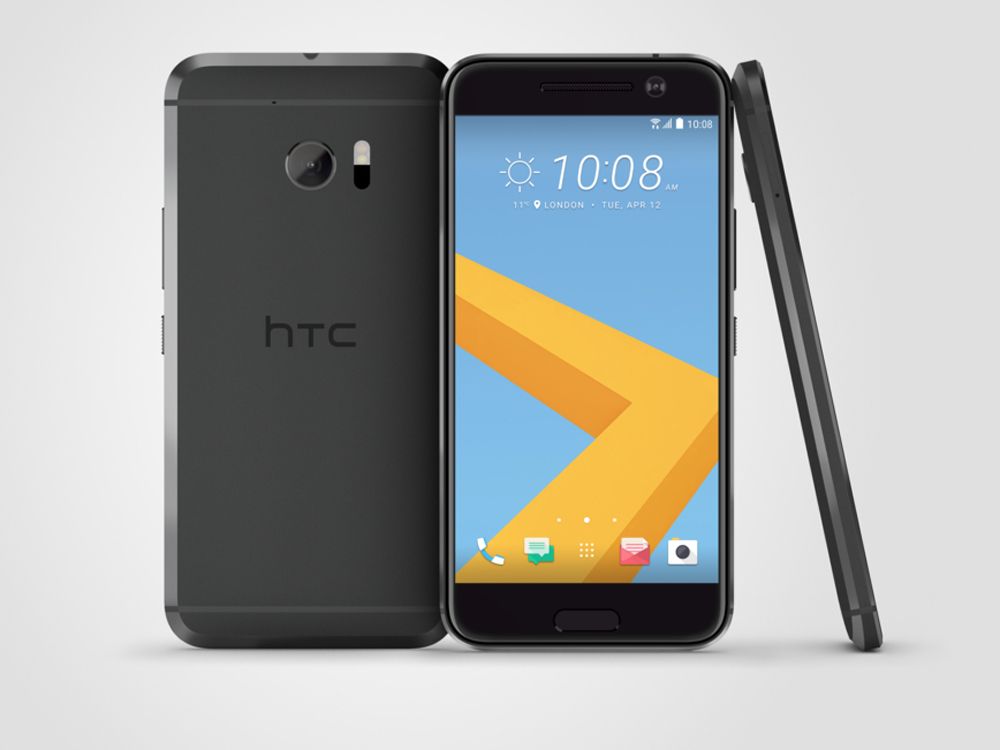HTC has launched its long-awaited flagship smartphone update, the HTC 10.
Looking to re-find form, the HTC 10 drops the One branding, as well as the M designation in something of a reboot for the struggling Taiwanese company.
The HTC 10 follows the One family design, a clear evolution from the M7 and M8 devices, but shifting to the new front designed introduced on the One A9 in late-2015.
The HTC 10 features a premium metal unibody, with a serious and substantial design. There's a deep chamfer on the rear to add differentiation, with a smaller chamfer to the front providing a slick transition from the 2.5D display edges into the sides of the device.
There's 5.2-inch Quad HD display sitting under a single sheet of Gorilla Glass on the front, with the HTC 10 losing the front-facing BoomSound speakers that have characterised the previous three flagship handsets.
BoomSound takes a bump up to BoomSound Hi-Fi, however, using the ear speaker and a base speaker to deliver clear and powerful audio. The handset is also Hi-Res certified, with Hi-Res headphones included in the box.
READ: HTC 10 preview: Welcome back to the premier league
The HTC 10 is powered by the latest Qualcomm Snapdragon 820 chipset with 4GB of RAM. There's 32GB of storage with support for microSD expansion, and a 3000mAh battery, supporting Quick Charge 3.0 via the USB Type-C connection on the bottom.
There's a 12-megapixel camera offering optical image stabilisation, f/1.8 apeture and with large 1.55µm pixels for improved low light capture. There's laser autofocus too. On the front there's a 5-megapixel camera, also offering OIS and autofocus.
In terms of software, the HTC 10 offers Android with HTC Sense. This is Android 6.0 Marshmallow, but with a version of Sense that's much light. HTC's focus is on optimisation and experience now, so there are fewer duplicated apps, opting for stock Android apps instead.
READ: HTC 10: Release date, official specs and everything you need to know
However, there are still plenty of fun features, such as customisation, including a freeform home page option that lets you put anything anywhere, and there's even support for Apple's AirPlay, meaning you'll be able to send music to compatible speakers.
Pricing and availability is yet to be confirmed.

